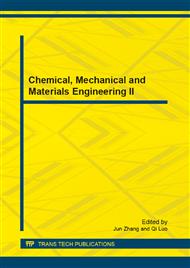p.456
p.462
p.468
p.474
p.479
p.485
p.491
p.497
p.505
Optimal Aircraft Maintenance Crews Work Shifts with Integer Programming
Abstract:
Shiftwork disrupts the sleep-wake cycle, leading to sleepiness, fatigue, and performance impairment, with implications for occupational health and safety. Aircraft maintenance crews work a 24-hour shift rotation and sustain flight punctuality rate of job stress.If an error occurs during the aircraft maintenance process, this error may become a potential risk factor for flight safety.This paper focuses on optimal work shift scheduling to reduce the fatigue of aircraft maintenance crews. We model fatigue as a dynamic system, and the objective is to find the optimal shift schedules that minimize the maximum fatigue values. Various constraints such as holidays, company and government regulations are included in our model. This optimization problem is formulated as a mixed-integer program, in which the shift assignments are described by 0-1 variables. We take a sample aircraft maintenance crews schedule to demonstrate the proposed methods.
Info:
Periodical:
Pages:
479-484
Citation:
Online since:
May 2013
Authors:
Price:
Сopyright:
© 2013 Trans Tech Publications Ltd. All Rights Reserved
Share:
Citation:


